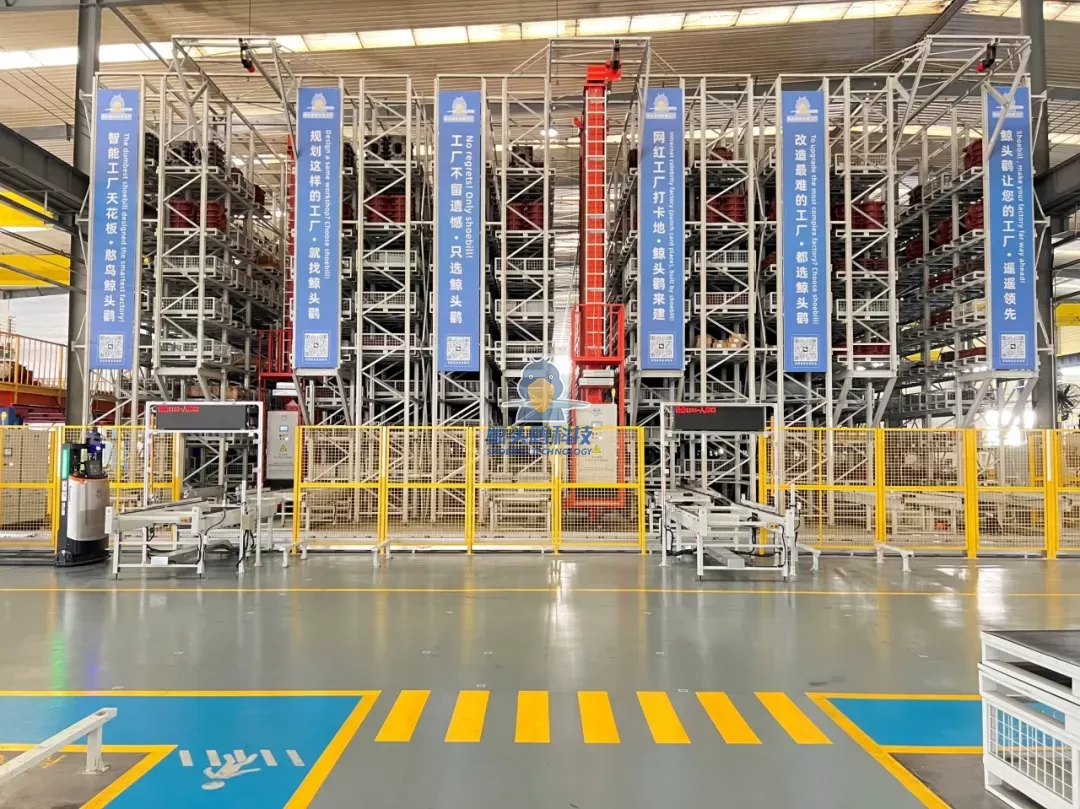
In the competitive world of business, profitability is a key indicator of success. Small businesses, in particular, rely heavily on generating profits to sustain and grow their operations. But is a 50% profit margin considered good for a small business? In this article, we will delve into the intricacies of profit margins, explore factors that influence profitability, and provide insights on how small businesses can maximize their profits.
- Understanding Profit Margins:
Profit margin is a financial metric that measures the profitability of a business. It represents the percentage of revenue that remains as profit after deducting all expenses. A 50% profit margin indicates that half of the revenue generated is retained as profit, which may seem impressive at first glance. However, it is essential to analyze this figure in the context of the specific industry and business size. - Industry Benchmarking:
To determine whether a 50% profit margin is good for a small business, it is crucial to compare it with industry benchmarks. Profitability varies significantly across industries, with some sectors naturally yielding higher margins than others. For instance, technology companies often have higher profit margins compared to retail businesses. Therefore, it is essential to consider the industry average when evaluating the profitability of a small business. - Factors Influencing Profitability:
Several factors can influence a small business's profitability, regardless of the profit margin percentage. These factors include:
a. Cost Structure: Efficient cost management plays a vital role in maximizing profits. Small businesses should focus on optimizing expenses, such as raw materials, labor, and overhead costs, to improve their profit margins.
b. Pricing Strategy: Setting the right prices for products or services is crucial. Small businesses must strike a balance between attracting customers and maintaining healthy profit margins. Conducting market research and analyzing competitors' pricing strategies can help in this regard.
c. Operational Efficiency: Streamlining operations and improving productivity can positively impact profitability. Small businesses should identify areas for improvement, implement efficient processes, and leverage technology to enhance operational efficiency.
d. Marketing and Sales: Effective marketing and sales strategies can drive revenue growth and boost profits. Small businesses should invest in targeted marketing campaigns, customer relationship management, and sales training to maximize profitability.
- Strategies to Maximize Profitability:
To achieve sustainable profitability, small businesses can implement the following strategies:
a. Diversify Revenue Streams: Relying on a single product or service can be risky. By diversifying their offerings, small businesses can tap into new markets and reduce dependency on a single revenue source.
b. Customer Retention: Acquiring new customers can be costly. Small businesses should focus on building strong relationships with existing customers, providing exceptional customer service, and implementing loyalty programs to encourage repeat business.
c. Cost Optimization: Continuously reviewing and optimizing costs is essential for small businesses. This includes negotiating with suppliers, reducing waste, and exploring cost-effective alternatives without compromising quality.
d. Innovation and Adaptability: Staying ahead of the competition requires innovation and adaptability. Small businesses should embrace new technologies, monitor market trends, and be open to change to remain competitive and maximize profits.
Conclusion:
While a 50% profit margin may seem good for a small business, it is essential to consider industry benchmarks and various factors that influence profitability. Small businesses should focus on optimizing costs, implementing effective marketing strategies, and improving operational efficiency to maximize profits. By diversifying revenue streams, retaining customers, and embracing innovation, small businesses can achieve long-term profitability and sustainable growth. Remember, profitability is not just about the percentage; it's about creating a solid foundation for success in the ever-evolving business landscape.





